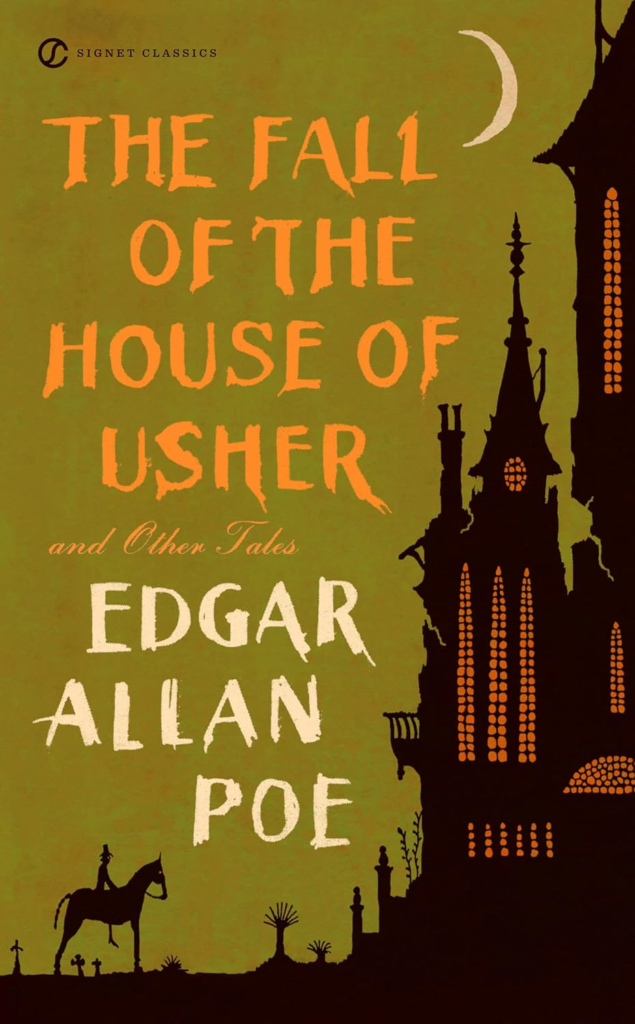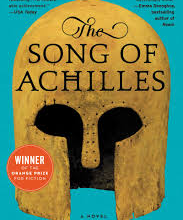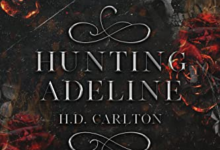Analyzing Gothic Elements for “The Fall of the House of Usher”
Explore the Gothic elements in “The Fall of the House of Usher” by Edgar Allan Poe. Analyze its dark themes, eerie settings, and haunting characters.

Edgar Allan Poe’s “The Fall of the House of Usher” is a key piece of Gothic literature, known for its eerie atmosphere and haunting narrative. Written in 1839, this short story delves into the macabre and the supernatural, capturing the essence of human fear and madness. Its dark themes and complex characters create a chilling experience that continues to captivate readers and scholars.
In this analysis, we will explore the Gothic elements that define “The Fall of the House of Usher.” We will examine the setting, themes, characters, and symbols that contribute to its lasting impact. By understanding these elements, we can appreciate Poe’s mastery in creating a timeless Gothic masterpiece.
Historical Context
Brief Biography of Edgar Allan Poe
Edgar Allan Poe, born in 1809 in Boston, Massachusetts, is a major figure in American literature. Known for his poems and short stories that explore death, horror, and the macabre, Poe’s works often reflect his own tumultuous life. He experienced the early loss of his parents, struggles with poverty, and personal battles with mental health.
Poe’s literary career began with poetry, but he gained recognition for his dark and imaginative short stories. His works, such as “The Tell-Tale Heart,” “The Black Cat,” and “The Fall of the House of Usher,” cemented his reputation as a master of Gothic fiction. Poe’s unique style and ability to evoke intense emotions through his writing have left a lasting legacy.
Overview of Gothic Literature in the 19th Century
Gothic literature emerged in the late 18th century and gained prominence in the 19th century. This genre focuses on horror, death, and the supernatural. It often features gloomy settings, mysterious plots, and complex characters, creating a sense of dread and suspense.
The 19th century saw the rise of several prominent Gothic writers. Authors like Mary Shelley, Bram Stoker, and Nathaniel Hawthorne explored the darker aspects of human nature and society. Gothic literature addressed contemporary anxieties and fears, often reflecting societal issues such as mental illness, isolation, and the unknown.
Edgar Allan Poe’s contributions to Gothic literature are significant. He brought psychological depth and narrative sophistication to the genre. His stories often explore the inner workings of the human mind, blurring the lines between reality and madness. “The Fall of the House of Usher” exemplifies this approach, weaving a tale of decay, fear, and the supernatural that continues to resonate with readers.
Gothic Elements in “The Fall of the House of Usher”
Setting and Atmosphere
One of the most striking aspects of “The Fall of the House of Usher” is its setting. The story begins with the unnamed narrator arriving at the Usher family estate. This decaying mansion is surrounded by a bleak and desolate landscape. Poe’s detailed description of the house’s exterior sets the tone for the eerie events that follow.
Inside the mansion, the atmosphere is equally oppressive. The dark, labyrinthine corridors and the cold, damp rooms filled with antique furniture contribute to a sense of claustrophobia and unease. The pervasive sense of decay and neglect mirrors the deteriorating mental states of the Usher siblings. This creates a powerful connection between the setting and the characters’ inner turmoil.
Themes of Madness and Isolation
Madness and isolation are central themes in “The Fall of the House of Usher.” These are explored through the characters of Roderick and Madeline Usher. Roderick’s mental state is precarious from the outset. He suffers from acute anxiety and hypersensitivity to sensory stimuli. His condition worsens as the story progresses, culminating in a complete mental breakdown following Madeline’s death and return.
Isolation exacerbates Roderick’s madness. The Usher family has long been isolated, both physically and socially. This isolation contributes to the psychological deterioration of its members. The narrator, though present in the house, is unable to break through this isolation. He cannot fully comprehend the depth of Roderick’s affliction. This theme is further reinforced by the house itself. Isolated in its desolation, it becomes a physical manifestation of the Usher family’s psychological state.
Supernatural and Horror Elements
Supernatural elements are woven throughout the narrative, heightening the sense of horror. From the beginning, there is an air of mystery surrounding the Usher family and their home. The tarn, a dark and stagnant body of water, is described with almost supernatural qualities. It reflects the house’s image in its depths.
The climax of the story revolves around the apparent resurrection of Madeline Usher. She was prematurely entombed by her brother. Her dramatic reappearance, covered in blood and with a ghastly pallor, is one of the story’s most horrifying moments. This event blurs the line between reality and the supernatural. It leaves the reader questioning the nature of what has transpired.
Roderick’s belief in the sentient nature of the house adds another layer of supernatural dread. He claims that the house and its surroundings have developed a malignant consciousness, influencing the fate of its inhabitants. This belief reaches its zenith when the house itself collapses into the tarn. This symbolizes the ultimate destruction of the Usher family.
Symbolism and Imagery
Poe employs rich symbolism and imagery to deepen the Gothic elements of the story. The House of Usher itself is a powerful symbol, representing the decaying state of the Usher family. Its eventual collapse signifies the end of the family’s lineage and the inescapable nature of their doom.
The tarn reflects not only the house but also the psychological depths of the characters. Its dark, reflective surface symbolizes the murky, troubled minds of Roderick and Madeline. It also reflects the overall atmosphere of dread that pervades the story.
The crack in the house, which the narrator notices upon his arrival, serves as a foreshadowing device. This fissure symbolizes the impending rupture within the Usher family, both physically and emotionally. It becomes literal in the story’s conclusion when the house splits apart and sinks into the tarn.
Character Analysis
Roderick Usher
Roderick Usher is the central character of the story. His descent into madness is a primary focus. From the moment the narrator describes Roderick’s appearance, we see a man physically and mentally ravaged by his condition. His pallid complexion, luminous eyes, and wild hair give him an almost spectral presence.
Roderick’s hypersensitivity to sensory experiences – light, sound, taste, and texture – exacerbates his condition. His acute anxiety manifests in various ways, from his obsessive behaviors to his morbid fascination with his own mortality. Roderick’s belief in the sentient nature of his ancestral home suggests a deep connection between his psyche and the physical state of the house. His artistic inclinations, including his music and poetry, reflect his inner turmoil and preoccupation with death and decay.
Madeline Usher
Madeline Usher, Roderick’s twin sister, is a mysterious and haunting figure. Her presence looms large despite her limited appearances in the story. Suffering from a cataleptic condition that leaves her in death-like trances, Madeline’s illness contributes to the story’s atmosphere of fear and uncertainty. Her eventual premature burial and dramatic return from the tomb underscore the story’s themes of life, death, and the supernatural.
Madeline’s relationship with Roderick is marked by an almost supernatural bond, characteristic of twins in Gothic literature. Her return from the grave can be interpreted as a manifestation of the Usher family’s curse or a psychological projection of Roderick’s guilt and fear.
The Narrator
The unnamed narrator of “The Fall of the House of Usher” serves as the reader’s guide through the story’s eerie events. A childhood friend of Roderick’s, the narrator arrives at the Usher estate in response to Roderick’s plea for companionship. Throughout the story, the narrator provides a rational perspective on the strange occurrences within the house. However, he is not immune to the pervasive sense of dread that permeates the environment.
As an outsider, the narrator’s observations and reactions help to heighten the story’s tension. His growing unease and eventual horror mirror the reader’s journey through the tale. Despite his attempts to remain rational, the narrator is ultimately drawn into the Usher family’s tragic fate, witnessing the collapse of both the house and its inhabitants.
“The Fall of the House of Usher” remains a cornerstone of Gothic literature. It showcases Edgar Allan Poe’s skill in creating a story that is both psychologically complex and atmospherically rich. Through its detailed setting, exploration of themes such as madness and isolation, incorporation of supernatural elements, and use of powerful symbolism and imagery, the story encapsulates the essence of the Gothic genre.
The characters of Roderick and Madeline Usher, along with the narrator, deepen the story’s impact. Each contributes to the unfolding tragedy in unique ways. The decaying mansion and its eerie surroundings become characters in their own right. They embody the themes of decay and doom that Poe so masterfully conveys.
In conclusion, “The Fall of the House of Usher” endures not only as a chilling tale of horror but also as a profound exploration of the human psyche and the inevitable decay that accompanies isolation and madness. Its continued relevance and impact on Gothic literature affirm Edgar Allan Poe’s place as a master of the genre.
In 2023, “The Fall of the House of Usher” was adapted into a series on Netflix, bringing Edgar Allan Poe’s classic Gothic tale to a new audience. The series explores the same dark themes and eerie settings found in the original story, offering a fresh and visually compelling interpretation of Poe’s work. This adaptation highlights the enduring impact of Poe’s storytelling and the timeless appeal of Gothic literature.
Check out “Best Books to Read in 2024: Top 10 Picks You Can’t Miss” for a curated selection of must-read books that span various genres. This list is sure to provide you with fresh literary adventures and unforgettable stories for the new year.
FAQ
What are the key Gothic elements in “The Fall of the House of Usher”?
The key Gothic elements in “The Fall of the House of Usher” include a dark and decaying setting, themes of madness and isolation, supernatural occurrences, and rich symbolism and imagery. These elements create an eerie atmosphere and contribute to the story’s haunting effect.
How does the setting contribute to the Gothic atmosphere in “The Fall of the House of Usher”?
The setting of the Usher family estate, with its decaying mansion and bleak landscape, establishes a sense of dread and foreboding. Inside, the dark corridors and damp rooms add to the claustrophobic and unsettling atmosphere, mirroring the deteriorating mental states of the Usher siblings.
What role does madness play in “The Fall of the House of Usher”?
Madness is a central theme in the story, explored through the character of Roderick Usher. His acute anxiety and hypersensitivity to sensory stimuli worsen throughout the story, culminating in his complete mental breakdown. The isolation of the Usher family exacerbates this madness, contributing to the tragic events.
How is the supernatural depicted in “The Fall of the House of Usher”?
The supernatural elements in the story include the eerie atmosphere, the resurrection of Madeline Usher, and Roderick’s belief in the sentient nature of the house. These elements blur the line between reality and the supernatural, enhancing the story’s horror and mystery.
What symbols are used in “The Fall of the House of Usher”?
Key symbols in the story include the House of Usher itself, which represents the decaying state of the Usher family, and the tarn, which reflects the troubled minds of the characters. The crack in the house foreshadows the eventual collapse of both the mansion and the family.
What impact has “The Fall of the House of Usher” had on Gothic literature?
The story has had a significant impact on Gothic literature, influencing subsequent writers and works within the genre. Poe’s innovative use of psychological horror, detailed settings, and complex characters set a high standard for Gothic fiction and continue to inspire modern interpretations.






